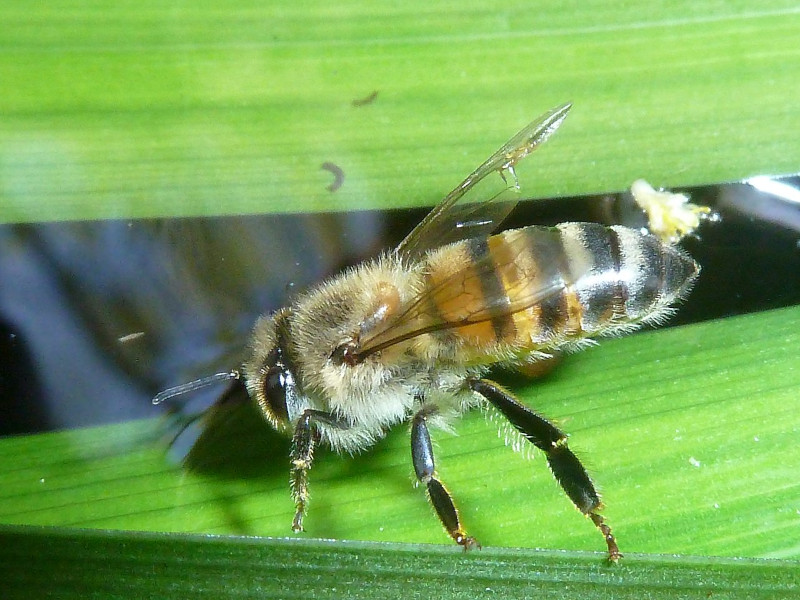
East African Lowland Honey Bee Facts
- This delicate natural marvel is most frequently referred to by the lengthy name of the East African Lowland Honey Bee. For the moment, it has no other broadly accepted general name. While uncommon, that’s certainly not unknown in science.
- Its scientific name also stands out for its length, relative to others. Like most such terms, that’s somewhat difficult for the layperson to pronounce without some difficulty. That’s because it holds the technical moniker of Apis mellifera scutellata.
- Ironically, it received that lengthy title due to the efforts of the French entomologist, Amédée Louis Michel le Peletier, comte de Saint-Fargeau. The scientist recorded the first official recognition of the insect. That noteworthy deed occurred in the year 1836.
- Though intriguing in its own right, it actually represents a subspecies of another well-known inverebrate. That’s the western honey bee, with which it shares a large part of its range. It’s also known to be one of the ancestors of the so-called killer bees.
- Presently, the East African Lowland Honey Bee seems to be maintaining a stable and sufficient population base. That condition further appears to hold true across its natural range. The IUCN therefore has no listing for the insect at this time.
- It nevertheless faces several potential threats to its continued existence. These include such dnagers as habitat loss and the introduction of non-native species. It also now faces the threat posed by ongoing climate change, like all creatures around the globe.
Related Articles
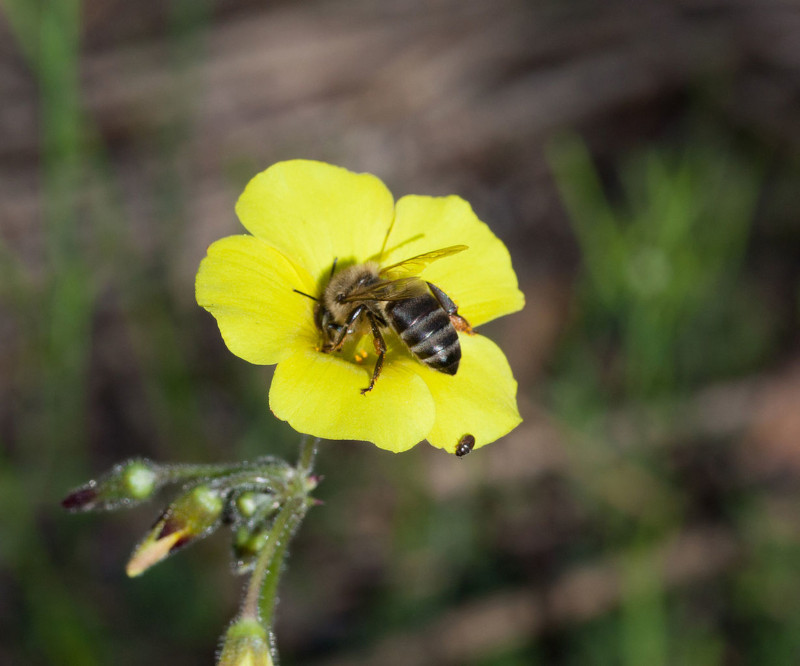
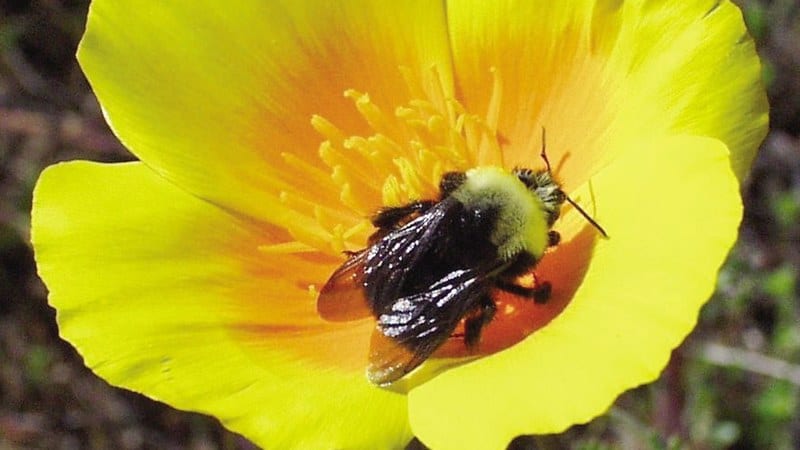

East African Lowland Honey Bee Physical Description
The East African Lowland Honey Bee captures the imagination of many people, like most of its many relatives. Yet, in terms of sheer appearance, the invertebrate remains remarkably similar to many of those numerous kin. That’s especially true of the European bee.
Like the vast majority of similar species, this creature displays the physiological characteristic known as sexual dimorphism. Yet, again following their example, it does so in a manner differing from other animals. It’s a colonial species, with the queens being larger.
As a general principle, though, it’s slightly smaller in all dimensions than many of its relatives. That includes the above-mentioned cousin, as well. The overall construction and coloring of the body once again follows well-established norms for all types of honey bee.
The lovely East African Lowland Honey Bee possesses a smll body formed of three separate segments. These sections consist of the small head, thorax, and abdomen. A stinger, comparatively somewhat short in length, also extends from the base of the abdomen.
The abdomen displays a light brown shade, crossed by a series of narrow yellow bands. It has six thin, barbed legs, and small, transparent wings. Its eyes also develop as large in relation to the head itself. The entire body has a covering of a thin, light-colored fuzz.
- Kingdom: Animalia
- Phylum: Arthropoda
- Class: Insecta
- Order: Hymenoptera
- Family: Apidae
- Genus: Apis
- Species: A. mellifera
- Subspecies: A. m. scutellata

East African Lowland Honey Bee Location, Habitat, and Ecology
The East African Honey Lowlnd Honey Bee evolved as native to a specific portion of the globe. Given its very name, that precise section of the earth likely won’t surprise anyone. That’s due to the fact that, as the name clearly indicates, it’s native to portions of Africa.
Yet it’s not solely present in the most eastern sections, as that name suggests. The intrepid Arthropod also lives in parts of southern and central Africa as well. That range extends from all but the most sourtherly edge of South Africa, northward as far as southern Ethiopia.
Within this range, the invertebrate displays a moderate degree of adaptability in its choice of habitat. It mainly appears in regions consisting of grasslands and savannas. The bee does, however, understandably avoid the more arid regions, due to a lack of sufficient vegetation.
This marvel of Nature constructs its nest opportunistically, like many bees, and does so in a wide range of locations. So long as the potential site offers the colony protection, the bee will make use of it. It does show a preference for such locations as rock crevices, though.
The East African Lowland Honey Bee lives in colonies. These average between 40,000 – 80,000 individuals. The majority of activity within the next occurs during the day, especially in the cooler, early morning. During the heat of the day, the members reduce activity.
Workers gather pollen and nectar from a wide range of locally available flowering plants. The pollen is collected on the legs, while it stores the nectar in its stomach. Sadly, it has many predators. These include birds, spiders, reptiles, frogs, dragonflies, and many others.
Species Sharing Its Range
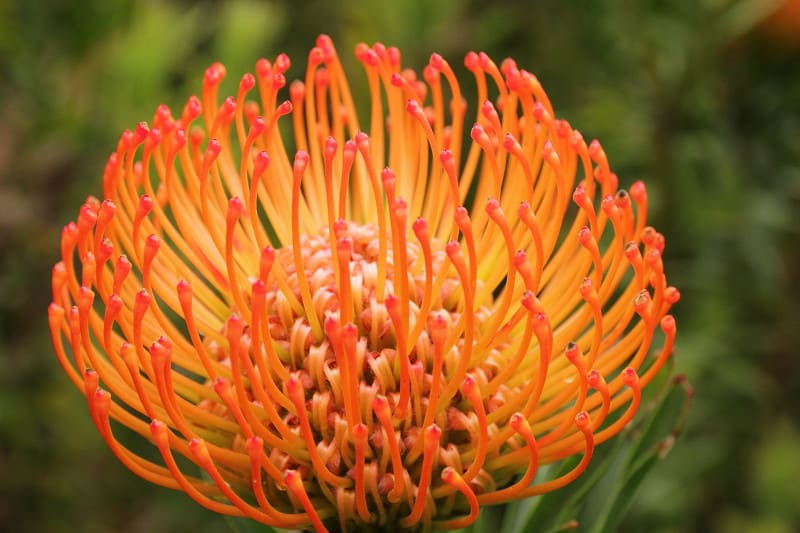

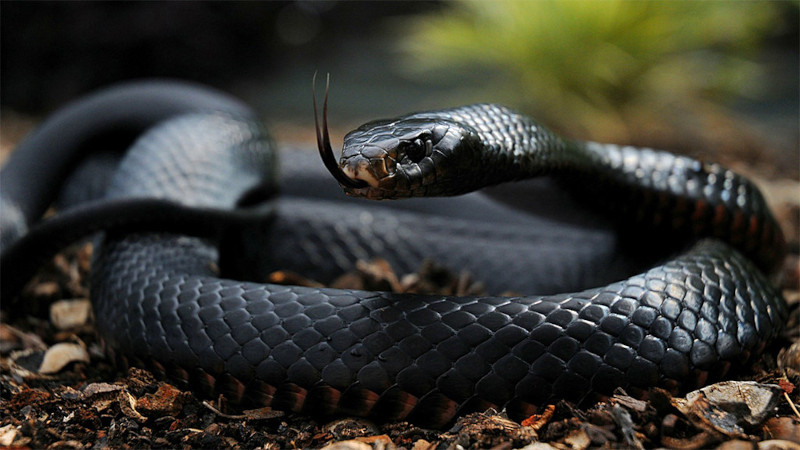
Check out our other articles on 4 Phenomenal Philippine’s Reptiles, Bluespotted Ribbontail Ray, Cheddar Gorge, Moon Orchid, Texas Blind Salamander, Indian Vulture, Australian Sea Lion
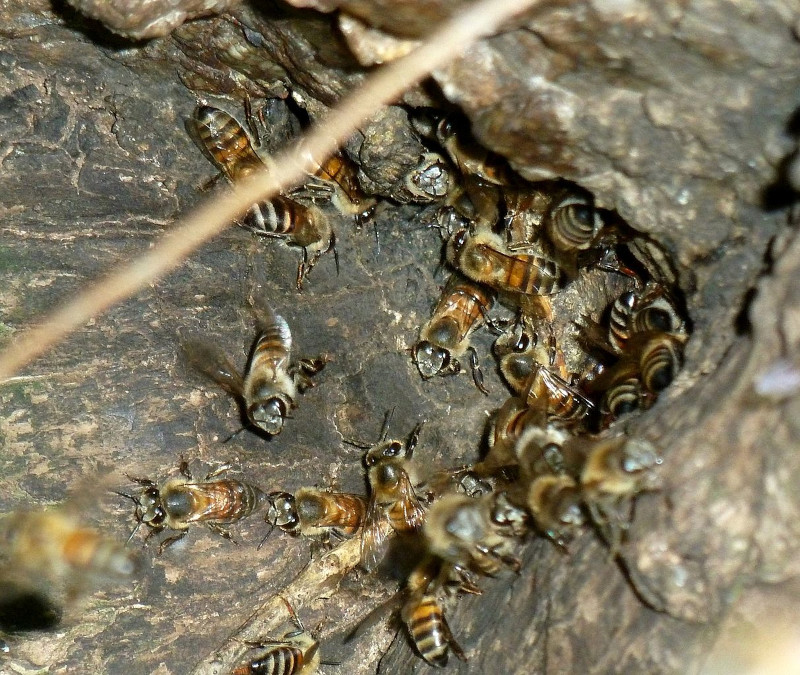









Leave a Reply